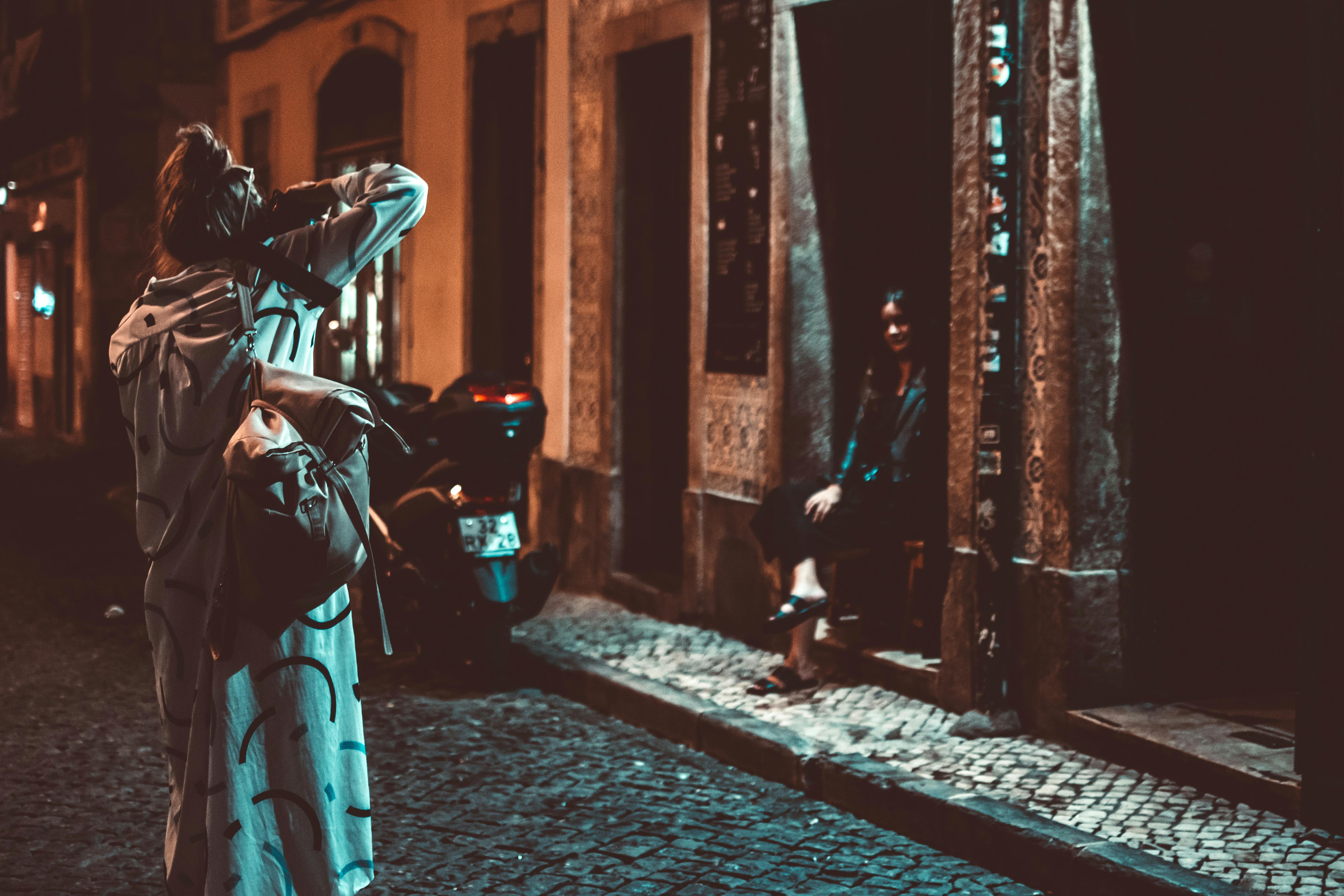In the days and nights before internet invites, couples who all are getting married in Germany still give out marriage invites in person. This custom goes back to a period when everybody lived in a reasonable range of each additional, and the Hochzeitslader, or recognized inviter, would venture around to friends and family, really handing all of them an compel (in rhyme) to the wedding party. Friends who accepted the invite would pin one of the laces and ribbons on the hochzeitslader’s staff for their hat, signaling their acknowledgement.
Unlike in the U. S., https://www.ahrq.gov/talkingquality/resources/design/general-tips/index.html where women and men have bachelor or bachelorette functions to celebrate their very own last few days of freedom before tying or braiding the knot, Germans normally avoid such pre-wedding celebrations. Instead, the bride and groom each have one person, known as trauzeuge (for men) or maybe a trauzeugin (for women), who is responsible for planning pre-wedding events and helping out when needed of the service.
A traditional bridal bridal bouquet includes green cornflowers, which symbolize fidelity plus the hope that marriage will be solid and long term, and myrtle branches with regards to luck. These flowers happen to be tied combined with a light bows. In addition , every single couple definitely will typically get a piece of this ribbon to put to the antennas on their vehicles after the feast day and reception.
Many Germans include two wedding ceremonies, a civil marriage at the Standesamt that is required to create their relationship Ehefrau finden legal, and a spiritual ceremony within a church with family and good friends. There is generally a small number of persons in presence at the detrimental ceremony, and it is very less formal than a North American wedding. There is also often no wedding computer registry, so there is no showering of gifts for the purpose of the bride-to-be.
A new day before the marriage, a tradition known as polterabend is normally observed. This can be a night by which stoneware and porcelain, nonetheless never glassware, is certainly violently smashed by close friends of the hitched to drive out, run off, turn back evil spirits. The shards are in that case swept up by the hitched, who will often use the shorts or mycket bra of their betrothed for the wedding, as well as a bottle of wine of schnaps that will down the road be used pertaining to the toasts.

Ahead of the ceremony, the bride and groom will typically consume some stagnant bread or a pretzel that has been dipped in white vinegar, which is meant to bring them luck. The couple will then exchange rings, and the groom will change his ring to his right hand—a sign of trustworthiness and trust in his fresh wife.
After the few cuts the cake, the outstanding slices get to unmarried guests who are invited into a special boogie that’s sometimes an extended Viennese Waltz, and the lucky ones will have to be able to steal the bride’s veil. The person who captures the piece of veil is said to be next in-line for matrimony. The newlyweds also indulge in a ceremonial log-cutting that requires team-work and patience, symbolizing the obstacles they are going to need to defeat as husband and wife.

